Since the cold mornings of Autumn are causing our pets to stay in bed longer, owners are noticing them stiffer when they do get up and more painful when they are up and about.
If they are going straight out to exercise, stiffer tighter muscles are making arthritic joints even more uncomfortable. Changes in gait or just plain reluctance to walk are what we tend to see.
Sometimes starting gentle exercises to warm up before we even leave home helps to make those colder, wetter morning walks a little more comfortable and enjoyable.
s any of us who have been very active in our youth, or performed any activity repetitively all our lives can attest, one slight injury, compounded by repetition, can lead to painful joints.
If you were a dog chasing a ball/frisbee/another dog in the park, or jumping on and off the sofa/into the back of the car repeatedly your joints would also begin to be uncomfortable as you age.
Although regular controlled exercise won't cause arthritis in itself, if dogs or people exercise repeatedly on abnormally loaded or injured joints this will increase the rate of joint degeneration and arthritis formation.
The difference between us and our furry friends dealing with arthritis is that we can reach for the medicine cabinet, or access professionals to help with management.
Dogs will often manage their joint pain by slowing down, becoming withdrawn and avoiding being touched in sensitive areas.
My personal goal for the treatment of osteoarthritis is to reduce pain from the joint and associated muscle spasm; strengthen supporting muscles, build stamina and improve overall function and quality of life.
Strengthening supporting muscles aids in shock absorption for the joints, with the increase in strength reducing fatigue related injuries. Improvement in proprioception provided by rehabilitation techniques will help to prevent further slips or falls and painful re-injury.
My recommendations when patients are being referred for rehabilitation and muscle strengthening to support painful joints are:
1/ Determine that arthritis is the only condition causing symptoms (slowing down on walks, anxiety or aggression with handling, reluctance to go up or down stairs can all be caused by other diseases).
2/ Take baseline x-rays to see what the affected joints look like, and while the patient is sedated/anaesthetised check actual range of joint motion without pain. Don't force this movement or patients will leave the practice feeling even more uncomfortable.
he amount of degeneration seen on x-rays does not always correlate to the amount of pain patients are suffering, but they are helpful in plotting the progress of disease further down the line.
3/ Before starting on drugs to reduce symptoms (anti inflammatory or pain medication) take blood tests to check liver and kidney function.
4/ Commence nutraceuticals and chondroprotectants immediately.
Tell clients these take 4-6 weeks to reach therapeutic levels and suggest not reducing other medications before then. If owners are concerned about adverse effects of drugs on their pets life, blood test again after 3 weeks. Any compromise to organ function will already be evident at this point.
5/ Reduce length of walk times for 3-5 days and add the use of gentle exercises, massage, heat or ice packs. instead.
Arthritis is an inflammatory process, therefore ice packs, melting ice or standing in cold water will help for acute flare ups, immediately after exercise.
Muscles stiff from protecting painful joints will feel better with heat packs and massage. These treatments are better applied a few hours after exercise, to keep up blood flow to clear out by products of exercise, and to maintain the delivery of drugs/nutraceuticals to the painful areas.
Gentle range of movement exercises can be performed following heat or ice applications to improve joint fluid production and maintain or improve joint mobility.
f pet parents are reluctant to put dogs on "drugs" these next bits of advice are super important.
1/ Cut down excess weight.
The important word here is excess! It is important not to cut out protein for supporting or building muscle bulk.
2/ Keep up regular (but not excessive) exercise
on surfaces that reduce joint impact, such as grass or firm sand.
If active exercise is causing pain, change to low level static balancing exercises and gentle passive range of movement exercises.
Walking in water will also help reduce impact on the joints and strengthen supporting muscles.
To find out more about all the passive and active therapies we use at Active Pet Rehabilitation to help take the ouch out of arthritis visit our website or email us at referrals@activepetrehab.com





